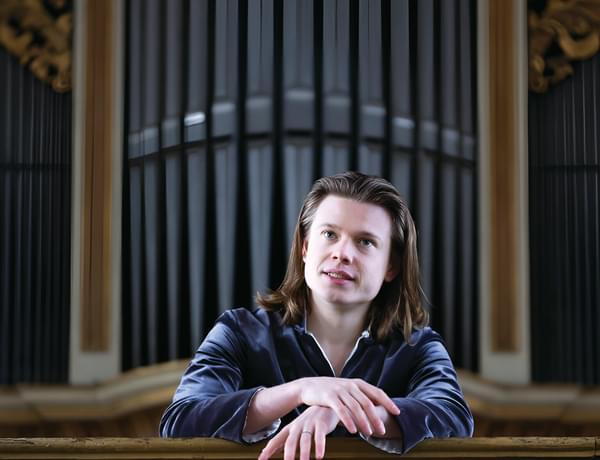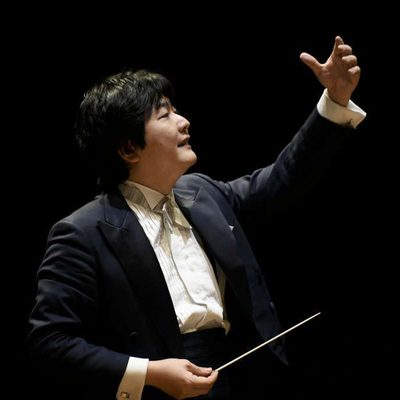Rush Hour Concert: Saint-Saëns Organ Symphony

Full programme
- Saint-Saëns, Symphony No.3 (Organ) (36mins)
Performers

Kazuki Yamada
Conductor
Sebastian Heindl
Organ
Programme notes
Saint-Saëns is simply epic in his ‘Organ’ Symphony - its big moment (which you might recognise if you’re a fan of the film Babe) is provided by the brilliant Sebastian Heindl, alongside our Music Director Kazuki Yamada.
Symphony No.3 (Organ)
Camille Saint-Saëns (1835 - 1921)
Camille Saint-Saëns was not known for his jaunty, effervescent character – he was often prickly, rude and even downright offensive – yet much of his music is buoyant, charming, and full of a bracing optimism. His Symphony no 3 (1886), commonly known as the ‘Organ Symphony’, tracks a course from stormy opening to triumphant conclusion in a radiant C major. It is perhaps no coincidence that he was composing his ever-popular Carnival des Animaux at the same time: its playful atmosphere and creative approach to instrumentation can be heard across the whole Symphony.
The composer was a proud Frenchman, keen to establish a national ‘musique’, and had founded the Société Nationale de Musique with the aim of promoting the music of contemporary French composers. The Symphony’s ‘Frenchness’ can be strongly felt in its elegant melodies and the clarity of the orchestral texture, and in its distinctive use of the organ. Saint-Saëns himself was a well-known organist; on hearing him play, the Hungarian composer Liszt had declared him the best organist in the world (perhaps as a result of this Saint-Saëns dedicated the Symphony to Liszt). Including the organ in a Symphony was an unconventional touch (there is also a part for piano) and the composer was aware it might limit performance possibilities. But, characteristic of Saint-Saëns’ music generally, it both honours tradition and provides a fresh perspective to a classical form.
The Symphony is in two movements, each in two contrasting sections. The organist has to wait a while for the big moment, which comes at the start of the final section (though there is an appearance in the Adagio, gently augmenting the orchestral texture). The Symphony starts in a dark place: a hushed opening and agitated first section, which includes the ominous ‘Dies Irae’, or ‘day of wrath’, theme (originally from the plainchant mass for the dead) on the trombones. The substantial Adagio section is warmly lyrical, and for the most part sumptuous and lush, with only a brief moment of disquiet introduced by plucked strings and a hint of the ‘Dies Irae’. The second movement brings back the turbulent atmosphere of the opening, and welcomes the piano – at times requiring an extra player – for some virtuosic capering up and down the keyboard. The triangle and cymbal are then brought to the fore, bringing with them a more festive atmosphere. The organist takes the spotlight in a big way at the start of the concluding section with a gigantic C major chord. With some energetic support from the pianist(s), the organ part gathers in prominence, eventually soaring over the often huge orchestral sound and bringing the work to a joyful conclusion.
© Lucy Walker